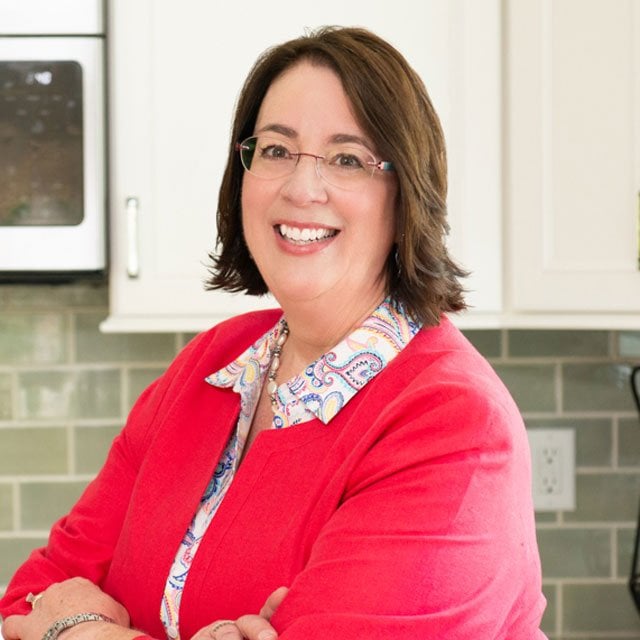How to Help Women Claim Social Security in 4 Different Situations

Fast-Moving Work Trend
In 1970, 22.4% of women received their Social Security benefits solely as a spouse. They were entitled to half of their husband’s primary insurance amount if they claimed at their own full retirement age. By 2005, spousal-only claims dropped in half to 11.4%. And by 2025, only 6% to 7% of women are projected to receive spouse-only benefits.
That means that many more married women are working and paying into FICA than ever before. Ultimately, they’ll earn their own Social Security benefit as an individually eligible beneficiary.
Therefore, preparing female clients for all Social Security claiming options is a critical planning consideration.
Connecting the Dots for Different Clients
When building retirement income plans for women, provide complete advice about all their options. And make sure they connect all dots between claiming and monthly income consequences.
Single women may find waiting as long as possible to claim benefits is the best financial decision. They receive up to 32% more monthly income. The trade-off: They’ll likely need to work until age 70. They shoulder full financial responsibility and must safeguard their portfolio against longevity.
A married or qualifying divorced woman entitled to spousal-only benefits can receive up to 50% of her spouse’s or ex’s PIA. The trade-off: Claiming early reduces her benefit — by as much as 35% if claiming at 62.
Married or qualifying divorced women’s benefits require a comparison between options. If her own worker benefit is high, she’ll receive only that. If her own benefit is less than half of her spouse’s or ex’s monthly benefit, she’ll receive her own benefit plus a top-up. Tip to share: This “makes her whole” in terms of benefits, receiving the same benefit as an at-home wife. Claiming before her full retirement age can reduce both her benefit (30%) and her top-up (35%).
Widows and qualifying surviving exes receive their deceased spouse’s or ex-spouse’s benefit if it results in a higher monthly payment. However, if an independently eligible client becomes widowed between the ages of 60 and 70, she must choose which benefit to start first. Tip: Map out a clear claiming strategy so she properly chooses one benefit first, then switches to the other to maximize payments at full retirement age or age 70.
Embrace Women’s History Month
Make sure your female clients know that you support them. There’s no better time to reach out than during March. Acknowledge that their journeys are different from men’s. Talk about their specific priorities and goals. Then help each woman become more financially savvy and secure.
Understanding how Social Security claiming decisions connect can make a significant long-term financial difference.
Marcia Mantell is the founder and president of Mantell Retirement Consulting, Inc., a retirement business and education company supporting the financial services industry, advisors and their clients.




